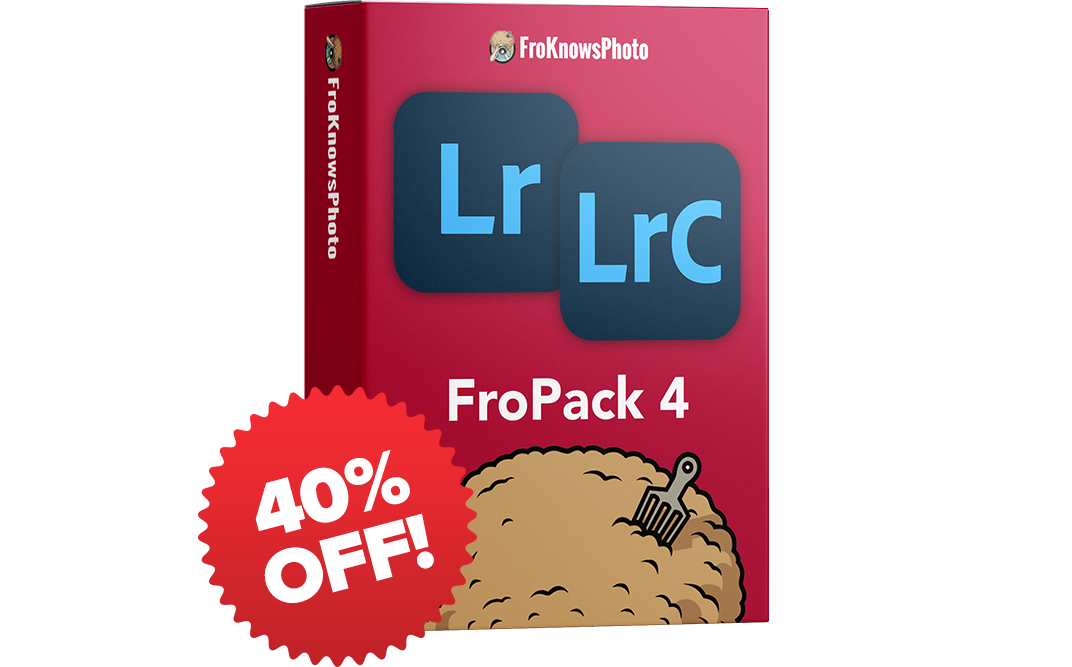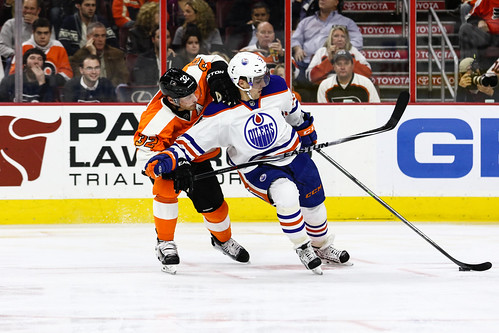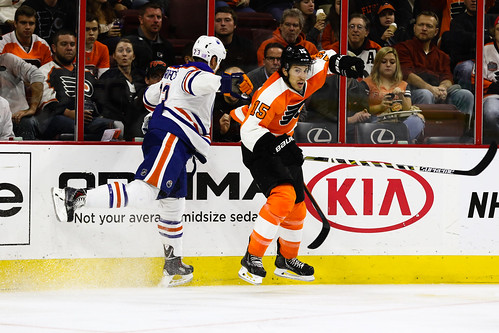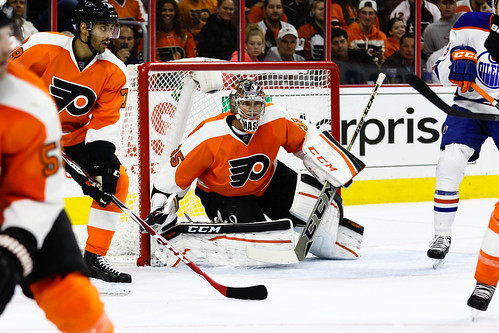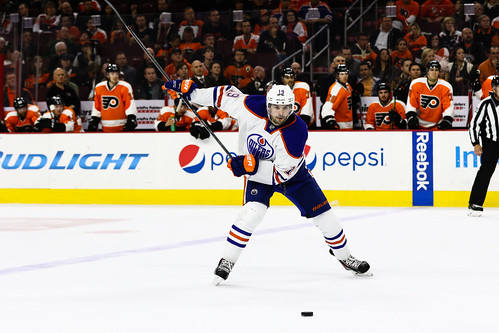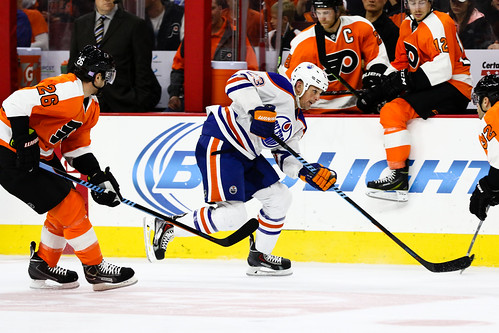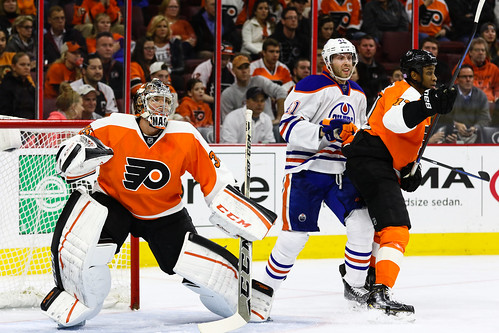Canon 7D Mark II Real World Review
The original Canon 7D was one of the most popular and well rounded DSLR’s ever made. It brought speed, build quality and video to the masses at an affordable price. But many years passed with rumors of something new all of which were unfounded.
Finally Canon decided to announce the long anticipated Canon 7D Mark II and the specs left most people screaming “take my money”. On the other side of the coin it left people asking if a cropped sensor camera was really worth $1,800 which is more than a Nikon Full Frame D610.
If you’re looking to pick up a 7D Mark II you can do so at Allen’s Camera or Amazon.
A Big THANK YOU goes out to BorrowLenses.com for setting me up with all the lenses used in this review.
Click Here to Download sample RAW Files (166 megs) Hockey and Concert Photos.
Click Here to access all the FULL RES exported JPEG files (Note: at the time of the review lightroom was not able to edit the RAW files thus why I edited the full res jepgs from the camera. Lightroom now officially accepts the RAW files.
 As a side note NO IMAGES WERE CROPPED!!!
As a side note NO IMAGES WERE CROPPED!!!
The big question with new gear is always the same, is this camera worth it, should I buy it? As soon as a body came in stock at Allen’s Camera I went and purchased it so I could conduct my Real World Review.
If you are not familiar with my Real World Review series, it’s simple. I take camera gear out into real world situations and use it. No bs test charts, just real world situations that people like you would use the camera.
Let’s take a look at what has gotten people the most excited about this camera. Sports and Nature shooters love the fact that this camera shoots at 10 FPS and has 65 af points all of which are cross type. Cross type sensors are more accurate and in the 7D Mark II’s case the focus points expand almost all the way out to the edge of the viewfinder.
Having the ability to shoot at 10 FPS in a cropped 1.6x camera is a dream come true for most sports and nature shooters. Nature shooters always want more reach for bringing the subject closer to them and that’s exactly what you get. For those who don’t know what 1.6x crop factor means. It means you multiply any lens placed on the camera by 1.6 to get it’s 35mm equivalent focal length.
Like I have said many times before, I am not going to run down the full specs of this camera as I have discussed them before and so have a million other people. What I will do is share my first hand experience using this camera in the Real World.
I had the pleasure of using this camera in two interesting situations. One extremely low light for a Pete Yorn concert and the other at a Philadelphia Flyers game. Hockey has always been my first love with photography and it was nice to get a pass to get back and shoot a game. If there is every a place to test the auto focus and 10 FPS the Flyers would be it.
Before we jump into how it handled at the games let me tell you how it feels in the hands. The camera has some nice heft to it, I was surprised at how professional it felt. In fact they are calling this camera a mini 1D X which is Canon’s top of the line DSLR. It feels great in the hands and has a solid build thanks to the magnesium alloy innards. To take it a step further this camera is weather sealed and ready for anything you toss at it all be it rain, sleet or cold.
I called up the Flyers and asked If I could come down to shoot a game and they said yes right away. That’s the first hurdle, getting a pace and accepted in. The second is making sure you can shoot form one of the very few photo holes that are cut in the glass. Without those photo holes your photos will look terrible through the glass. Lucky for me I was able to get not only two periods with the photo holes but I was able to shoot warmups from the bench.
Speed is what you need when you are shooting Ice Hockey. You need fast and accurate focusing as well as the ability for quick bursts of photos to capture peak action. I left the camera at it’s 10 FPS to take advantage of the speed. In terms of autofocus I started the game in the mode that lets the camera automatically select the focus point by tracking the subject.
I was amazed with how well the auto focus tracked and selected the focus points points in that full auto mode. In my opinion 98% of the time it was accurate with some slight misses here and there. But the question here is would I have been able to keep moving the focus points to get the proper focus? The answer to that is, I don’t think so.
I generally like to select my own focus point opposed to allowing the camera to track the subject but I have to say it made shooting more enjoyable. I was simply able to concentrate on shooting and getting the image while the camera took care of the auto focus. One of the functions I like with the auto focus mode is I could tell the focus point where I wanted it to start and than the focus points would jump around from there.
There was only one occasion where the focus missed while I was continuously shooting. But on more than one occasion the camera picked up focus on a subject I personally would never have been able to. It’s fast, it’s accurate and it was a joy to use.
One thing I love about Canon’s autofocus system is they have so many presets that allow you to pinpoint the proper focusing mode based on what you are shooting. You have more ability to tweak your autofocus settings for your shooting style than on any Nikon ever made.
Stepping away form the game for a second bird photographers are going to love this focus tracking. It’s not easy to follow a moving subject that is super fast. To have a cameras focus tracking be so fast, agile and accurate is a real win.
How was the 10 FPS shooting speed? It’s one thing for a camera to shoot off 10 frames a second but it’s another for it to shoot 10 frames a second while maintaining focus. I generally don’t motor drive heavily but while shooting the game I wanted to really let the camera motor drive away on players crashing the net or taking a slap shot. I am happy to report it handled the focus while shooting 10 FPS very well.
Since I mentioned 10 FPS how is the buffer and write speed? You have the ability to shoot to a CF or SD card or both. I shot only to a CF card but was shooting in FULL RAW plus JPEG Fine. I had no trouble whatsoever shooting fast and never once outran the buffer of the camera. I think you get something along the lines of 19 or so RAW plus JPEG fine and there should be no time where you need to shoot 19 images without stopping.
You may have noticed I have not touched on ISO just yet. One of the reasons is I set the ISO once for the game and focus on shooting. I shot at 1600 ISO which any camera these days will shoot at with flying colors. The 1600 ISO looks fine, it’s not super clean but it’s also not bad unless you really pixel peep.
While we are on the topic, one of the concerns with cropped sensor cameras is how well it handles higher ISO’s. Let me step away from the game for a second again. I had the opportunity to shoot a low light concert where I pushed the ISO to it’s extreme. I shot a few samples at 12,800 as well as 16,000 ISO. I can honestly say 12,800 looked perfectly fine and 16,000 was usable. I did not expect that at all and was pleasantly surprised.
Now would be a good time to discuss some of my thoughts on video. I don’t plan on diving to deep into this but I had to point out something that almost no other camera on the market can do. The 7D Mark II tracked the new DJI Inspire 1 as it crisscrossed the sky and continuously focused as it flew. It hit it 9 out of 10 times. As long as you could keep the camera on it, the autofocus found its mark. That right there is amazing.
In terms of video quality you can see the final portion of the review was filmed with the 7D. It looks great but video shooters who are looking to just shoot video may want to go full frame with the 5D Mark III.
Up to this point I have talked about the things I liked in the camera. Believe me, there are very few things I didn’t like in the camera but I should point them out.
The camera only has a 3 inch screen. Every single new camera on the market comes out at 3.2 inches. Sure the .2 is not a huge deal but why would they put out a camera with a smaller screen than most other cameras? On top of that why is it not a touch screen? I know some people say a camera like this is more pro and pro cameras shouldn’t be touch screen. I honestly don’t buy that. I think a touch screen is very functional especially for a camera with dual pixel af.
Here is one thing I have noticed with most Canon DSLR’s I have shot with including the top of the line 1D X. I have noticed at times where I could swear my focus is locked on right where it should be but the image comes back lacking that full on sharpness. It’s not out of focus and it’s not off a lot but it feels like a subtle miss. Other times you are super tack but a lot of times I wanted more sharpness.
I noticed this in both the JPEG’s and RAW files. Now it’s a lot worse with the JPEG’s because the in camera noise reduction kicks in. Take a tip from me DO NOT SHOOT IN JPEG, the images do not come close to matching the clarity of the RAW files. When I pixel peeped some of the RAW files that were subtle misses with the JPEG’s I noticed they were also subtle misses in the RAW’s. The pixels or grain were sharp but the image was slightly amiss. Am I just pixel peeping and being harsh, kinda sorta but I had to point it out. Is it a deal breaker, NO.
I wish the camera had a built in vertical grip like on the top end cameras. But neither Nikon or Canon make a camera below their flagship that actually has it built in. I highly recommend purchasing the grip for $269 so you can shoot verticals much easier as well as house a second battery.
Speaking of batteries the battery life was HORRID. After simply setting up the menus of the camera the battery life was down to 83 percent. I recharged it for the game back to full power and after 660 shots it was down to 33%. That is not very good at all, imagine if you mixed video in with that. I highly recommend you cary at least one extra battery if not two. One word of warning is the batteries will set you back $75.
Many people don’t see this camera as a “video” camera. From my shooting it for video it’s extremely capable. One of the test I did was shooting the low light concert video at a very high ISO and I felt it handled it very well.
But where this camera falls shoot for video is the lack of a touch screen. The Canon 70D has a touch screen and dual pixel af capability. It is pretty amazing to be able to touch a place on the screen and have your lens smoothly focus right to that spot. The 7D Mark II can’t do that because you can’t touch the screen and that’s a shame.
The final issue I have with the camera is its price. It’s expensive for a cropped sensor camera at $1,799. Add a grip and an extra battery at you are a little over $2,000. But is this a deal breaker. Honestly I think for most people who would be purchasing this camera the answer is it’s not. Your sports and nature shooters are willing to pay a little extra for build quality, focus points and FPS.
Lets finally wrap up this Real World Review of the Canon 7D Mark II. I enjoyed shooting with it once I started to understand the menu and button layouts. It enabled me to look at autofocus in a completely different way that has opened a world of possibilities. I love the Canon 24-70 and 70-200, they are such fantastic pieces of glass.
With all of that said this camera fits a very specific type of photographer. If you need the extra reach and you are a sports or nature photographer this camera will be a dream come true. But if you are looking for better image quality for concerts, portraits, landscapes and more a full frame 5D Mark II for under $1,000 more may be a better option.
If you’re looking to pick up a 7D Mark II you can do so at Allen’s Camera or Amazon.
A Big THANK YOU goes out to BorrowLenses.com for setting me up with all the lenses used in this review.
Click Here to Download sample RAW Files (166 megs) Hockey and Concert Photos.
Click Here to access all the FULL RES exported JPEG files (Note: at the time of the review lightroom was not able to edit the RAW files thus why I edited the full res jepgs from the camera. Lightroom now officially accepts the RAW files.
